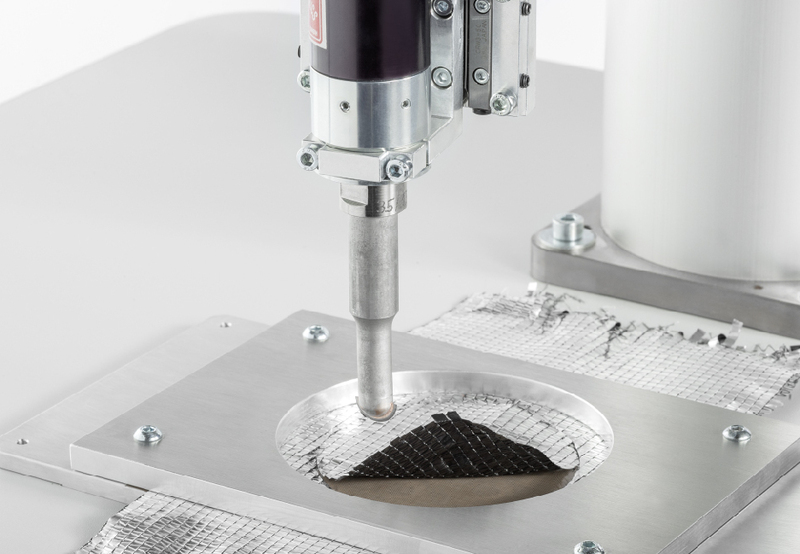News
Ultrasonic Welding: Definition, Pros and Cons, and Applications
Ultrasonic welding (UW) is a metal joining process that utilizes ultrasonic waves. This welding technology is widely applied nowadays. To gain a better understanding of ultrasonic welding, let’s follow the upcoming article!
Overview of Ultrasonic Welding
Ultrasonic welding is a welding method that utilizes ultrasonic waves to connect two materials, whether they are metals or non-metals. In this process, ultrasonic waves are transmitted through the surfaces of the materials to be joined, creating a strong and tight bond.
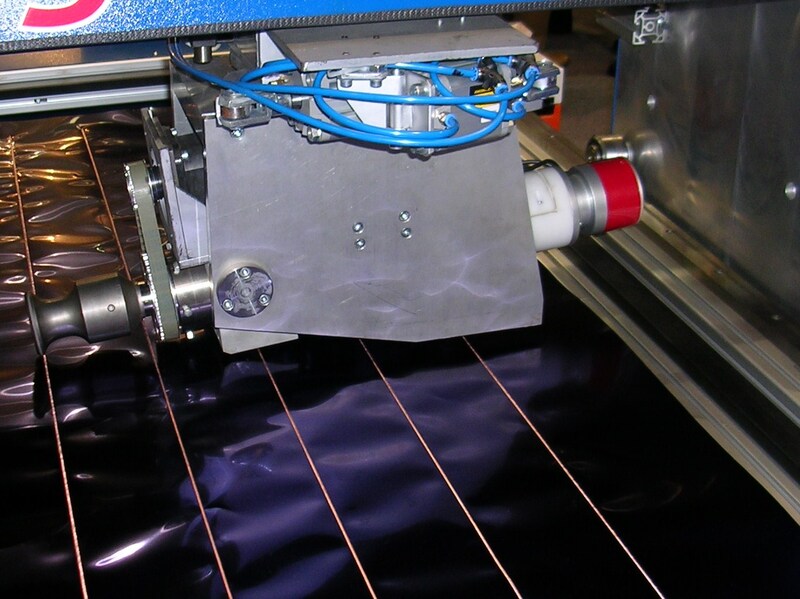
View more: Solder Paste
The ultrasonic welding process includes the following main steps:
Surface Preparation: The surfaces of the materials to be joined must be cleaned and flattened.
Material Placement: The materials to be joined are accurately positioned, and pressure is applied to them.
Ultrasonic Wave Transmission: Ultrasonic waves are emitted through a transducer and directed to the joining area.
Generation of Heat and Pressure: Ultrasonic waves create both heat and pressure at the contact point between the two materials, causing them to melt and fuse together.
Cooling and Solidification: After forming the weld, a rapid cooling process helps solidify the weld and create a sturdy connection.
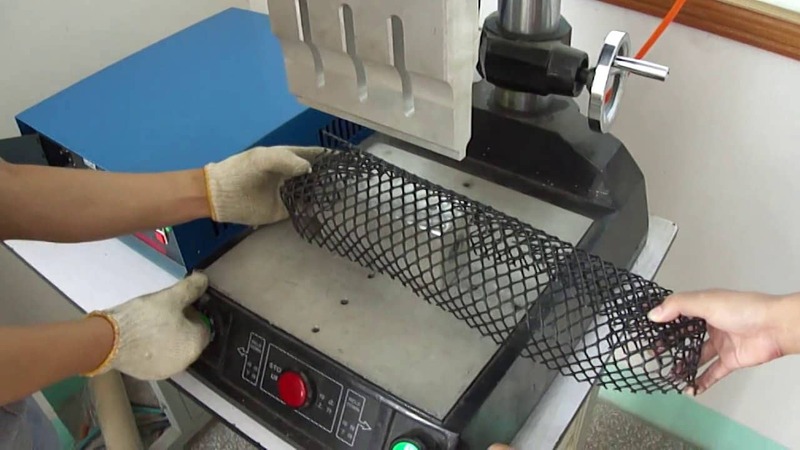
Types of Ultrasonic Welding
Ultrasonic welding comes in various types, depending on specific applications and the technical requirements of the welding process. Below are some common types:
Ultrasonic Melt Bonding: Used for welding and bonding thermoplastic materials, where the contact surfaces are melted and then cooled to create the weld.
Ultrasonic Vibrational Welding: Applied to joining metal or plastic parts by generating ultrasonic vibrations, creating the necessary heat for welding.
Ultrasonic Rotary Welding: Used for welding round or contoured parts, commonly employed in the production of pipes and tubular components.
Ultrasonic Seam Welding: Used for welding long seams, often utilized in the manufacturing of tubes and casings.
High-Frequency Ultrasonic Welding: Utilizes higher frequencies to create high-quality welds, commonly applied in electronics and precision industries.
Ultrasonic Induction Welding: Utilizes induction to generate heat and connect materials, often used in the production of pipes and tubular components
Ultrasonic Vacuum Welding: Conducted in a vacuum environment to reduce contamination and oxidation, suitable for applications requiring cleanliness.
Ultrasonic Reaction Welding: Used to join materials that cannot be welded directly by using a reactive material to create the connection.
Each type of ultrasonic welding has its own advantages and applications, depending on the type of material and shape of the components to be joined.
Advantages and Disadvantages of Ultrasonic Welding
Advantages
High Quality: Produces high-quality welds without generating waste or spatter, reducing the risk of contamination.
No Need for Welding Wire or Flux: Eliminates the requirement for welding wire, welding rods, or flux, reducing material costs.
Low Heat Generation: The heat generated during ultrasonic welding is lower compared to many other welding methods, reducing the risk of material distortion.
Quick Welding Time: Ultrasonic welding processes are typically fast, enhancing production efficiency.
Wide Range of Applications: Applicable to various materials, including both metals and non-metals.
Usable in a Vacuum Environment: Can be used in a vacuum environment, making it suitable for various air-sensitive applications
Energy-Efficient: Uses energy more efficiently compared to some other welding methods.
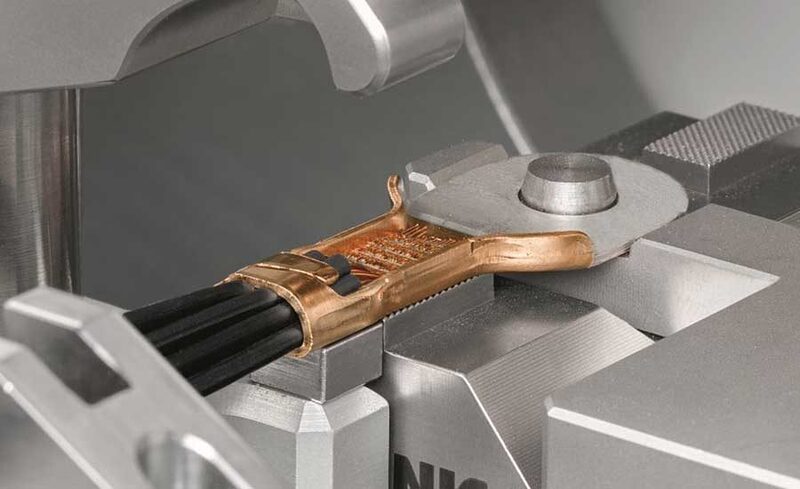
View more: Solder Wire
Disadvantages
Initial Equipment Cost: Ultrasonic welding machines may require a significant initial investment.
Limitations for Complex Welding Shapes: This method may not be suitable for applications that require complex welding shapes or large details.
Material-Dependent Welding Capability: Certain materials, such as plastics, may not be compatible with ultrasonic welding.
Precision Requirements in Preparation Process: Achieving high-quality welds may require precision and cleanliness in the material preparation process.
Despite these limitations, ultrasonic welding remains an effective and versatile welding method in various industrial applications.
Applications of Ultrasonic Welding
Here are some common applications of ultrasonic welding:
Electronics Manufacturing:
- Connecting wires and electronic components.
- Assembling and connecting electronic circuit boards.
Medical Industry:
- Manufacturing and assembling medical devices such as sensors and medical control units.
- Bonding small parts of medical devices.
Automotive and Marine Manufacturing:
- Joining parts and components in automotive manufacturing.
- Repairing and assembling components in the marine industry.
Pharmaceutical Industry:
- Connecting tubes and small materials in pharmaceutical production.
- Assembling and connecting medical products.
Home Appliance Manufacturing: Assembling and connecting components in the production of air conditioners, refrigerators, and other household appliances.
Consumer Goods Manufacturing: Connecting components of consumer products such as irons, electric shavers, and other devices.
LED Light Manufacturing:
- Connecting and assembling components of LED lights.
- Processing and connecting circuit boards and components.
Small Batch Production: Used in small-batch production processes that require high precision.
Solar Energy Industry: Assembling and connecting components of solar panels.
Lightweight Materials Manufacturing: Used in processing and assembling lightweight materials such as plastics and lightweight metals
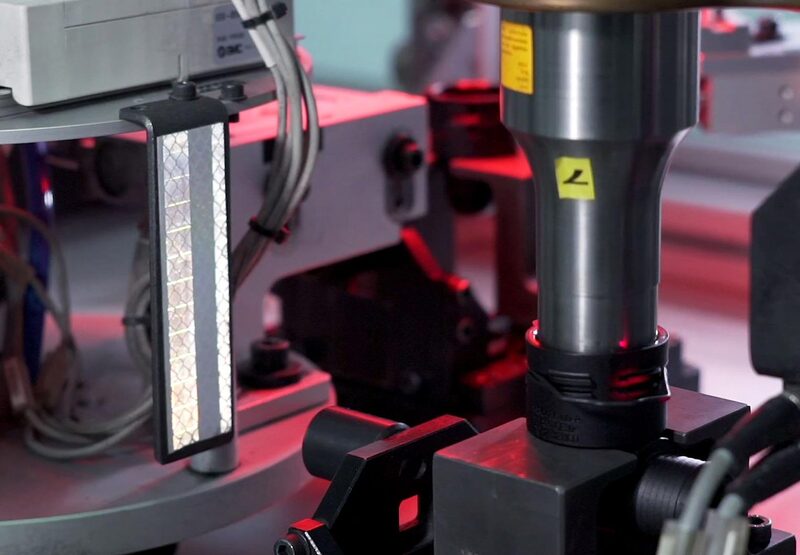
View more: Solder Bar
Ultrasonic welding is widely used across various industrial sectors due to its ability to produce high-quality and rapid welds. We hope this article has provided you with valuable information. For any electronic component or welding material needs, feel free to contact The Tech for prompt consultation!

